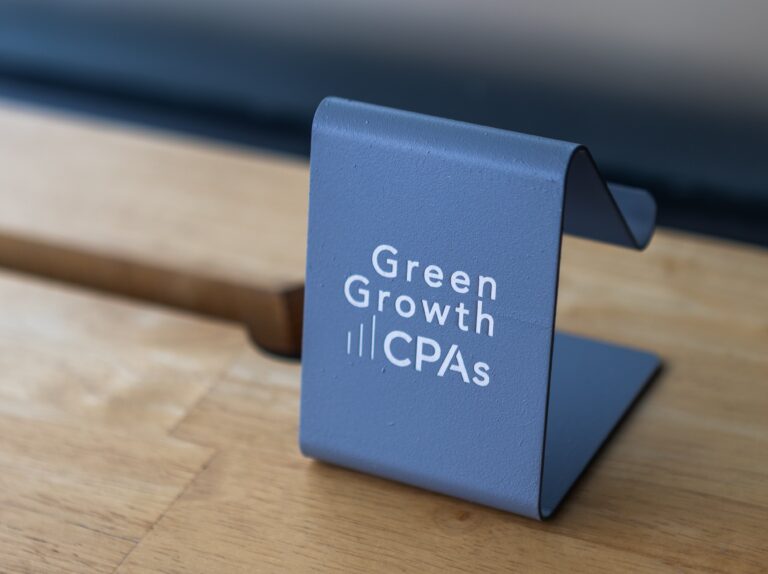Montana, renowned for its sprawling landscapes and towering peaks, has seen a significant shift in its cannabis tax landscape at the county level. Known as the Local Options Marijuana Excise tax, this levy is applied to the retail value of all marijuana and marijuana products sold at adult-use dispensaries and medical marijuana dispensaries within a county. The rate of the Local Options Tax is established by an election petition or resolution and cannot exceed 3%. Starting in January 2023, every month new counties in Montana have taken the step to impose this tax, creating an ever-evolving scenario for the cannabis market within the state.
Cannabis Taxation: The Unfolding Scenario in Montana
Historically, Montana has always maintained a 3% cannabis tax at the county level, though not all counties actively imposed it. This created an uneven application of the tax that varied depending upon the county. Beginning in January 2023, there has been an increase in counties imposing the Local Options Marijuana Excise Tax.
Roosevelt County took the lead, imposing the full 3% tax effective as of January 31, 2023. This set a precedent for other counties in the state to follow suit. Flathead County, Hill County, and Cascade County imposed the 3% tax at the beginning of February. The trend continued into March, with Gallatin County imposing the tax as of March 1, 2023. These taxes will be due on the 15th of the next month following the end of the quarter.
| First Quarter | April 15 |
| Second Quarter | July 15 |
| Third Quarter | October 15 |
| Fourth Quarter | January 15 |
Implications of the Cannabis Tax Rate Increase
The financial implications of this tax increase will have varying impacts, from the state government level down to individual consumers. For the counties that have implemented the tax, the additional revenue could support public services and infrastructure, such as education, public safety, and health services. Of the revenue generated from this tax, 50% is retained by the county. A further 45% is appropriated to the municipalities based on the population ratio of the city or town to the total county population. The remaining 5% is retained by the department to defray costs associated with administering the tax. For consumers, the increased tax rate means a potential increase in the cost of cannabis products.
What’s Next for Montana
The pattern of increasing cannabis tax rates across Montana shows no sign of slowing. It will be essential for consumers, cannabis businesses, and local governments to stay informed about these changes and prepare for the future impacts. If you need help navigating local taxes, GreenGrowth CPAs can help! We have several financial programs to assist companies and individuals with their fiscal responsibilities, including tax planning and compliance, accounting & finance support, audit preparation, tax controversy support, and much more.





